EVO Visian ICL in Queens, NY

Evo Visian ICL For MetroEye
EVO Visian ICL – What Is It?
ICL or Implantable Collamer Lens was developed in the 1980s and the first procedure was implemented by Dr Kimiya Shimizu from Japan in 1997. The process involves an artificially implanted lens into the eye, which aims to improve the blurry vision many people experience.
EVO Visian ICL is designed to correct nearsightedness and astigmatism, two of the main types of refractive errors many people deal with.
Since many people constantly rely on their contact lenses for helping them see, ICL aims to change this and break this dependency. The surgery procedure aims to implant these lenses, which means they will be permanent. They can, however, be removed upon request if need be, which includes reversing the procedure.
Are You A Candidate For EVO Visian ICL?
Is this the vision correction you have been waiting for?
The process of qualifying for EVO Visian ICL requires you to visit your local eye doctor. During the evaluation process, the doctor would do a few tests to see what your vision is like, whilst doing a thorough examination to see if there are any additional issues.
Your doctor would possibly request your medical history and look at your eyes under a microscope to see if there are any other blockages or obstructions you could be dealing with. This will determine whether EVO Visian ICL is right for you. The ideal candidate would be:
- Between 21 and 45 years of age,
- Struggle with vision issues, including nearsightedness,
- Have a glasses prescription for at least one year
If this sounds like you, you could visit your eye care specialist to find out if you qualify. Even if you don’t fall under these categories, you could still book an appointment to find out if you qualify.
Are There Any Benefits To The Visian ICL Procedure?
EVO Visian ICL is not the only IC procedure. However, it is regarded as one of the best. Many ICL procedures involve permanent vision correction procedures that cannot be reversed. When it comes to Visian ICL, the procedure is not permanent and can be reversed. No removal or altercations of tissue is made, which often leads to scarring, and biocompatible materials are used for the product.
Those that qualify for Visian ICL, don’t need to worry about the iridotomy, which needs to be done before the procedure. The process is done to reduce eye pressure issues, which can occur with other ICL procedures after the surgeries.
With EVO Visian ICL, elevated pressure levels in the eye are a thing of the past and you can skip on visiting your physician over and over again to deal with this problem. Additionally, you don’t need to have this prior procedure before the VEVO Visian Procedure. If you still need convincing, here are a few additional benefits:
- UV protection
- Fully reversible
- No removal or alteration of tissue
- Improves night vision
- No risk of dry eye syndrome
- No iridotomy required
- Minimally invasive procedure
- Enhances vision
Compared to other forms of ICL, EVO Visian ICL is one of the best and safest procedures you can trust.
2 MILLION+
Lenses Implanted
99%
Patient Satisfaction
Are There Any Things That Would Disqualify You From EVO Visian ICL?
Unfortunately, EVO Visian ICL is not for everyone and there might be a few things that could disqualify you. Your best bet would be to visit your eye doctor and have them do a full evaluation of your eye condition. Your eye doctor might disqualify you from the EVO Visian ICL procedure if you:
- Are pregnant,
- Nursing,
- Or you have significant hormone issues
The hormone issues and imbalances can make it hard for the eye doctor to take accurate measurements of the correction procedure.
Glaucoma and other eye conditions might also disqualify you from the procedure. In essence, the only way to truly figure out if you qualify for the procedure would be to visit your eye doctor. The doctor will check to see if you meet the EVO Visian ICL requirements for the procedure.
How Long Does It Take To Recover From The EVO Visian ICL Procedure?
Each individual is different, but the recovery process generally takes a few days. Most people can return to their daily activities within a few days after the procedure. Your doctor might request that you check in the day after for an examination, with a few follow-up checks periodically to ensure success.
If your doctor prescribes you medication or eye drops, you must take them as directed. The medicine would help your eyes recover much better and enhance the healing process.
After a few weeks, you should have a final examination, where your eye doctor would fully check the eyes to see if you are in the clear and if everything has healed. At Metro EYE MD, we will ensure that you are cared for and your eyes are our number one priority.

What Happens During the EVO Visian ICL Procedure?
The procedure typically takes less than thirty minutes to complete.
One of the best things about the EVO Visian ICL is that it is a relatively quick procedure. It is an outpatient procedure, meaning you have the procedure and then get to go home the same day.
First, your eye doctor will numb the surface of your eyes with anesthetic drops. Next, they will create a small opening in your cornea, which is the transparent front surface of your eye.
Through this small opening, your eye doctor will insert the EVO ICL. Next, they will position it in place in front of your natural lens and behind your iris.
Once in place, the procedure is complete. Most people notice an improvement in their vision right after the procedure, although your eyes may need to heal before experiencing the full vision potential.

Pre-Op Exam

Eye Drops Administered

Small Opening

Lens Insertion & Positioning

